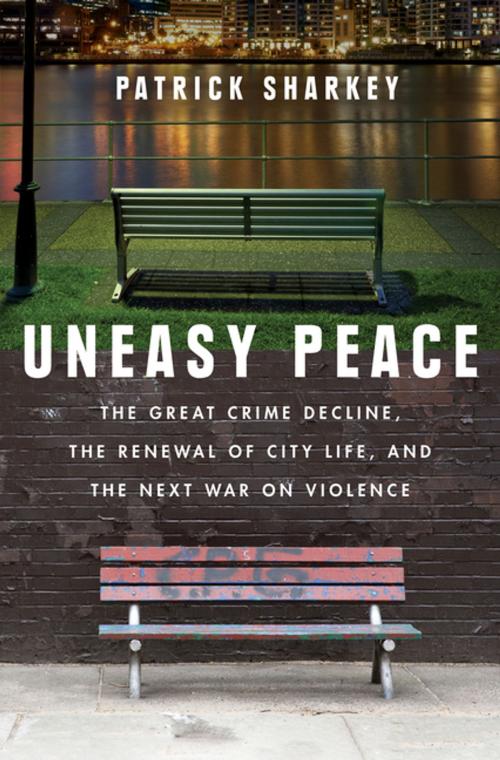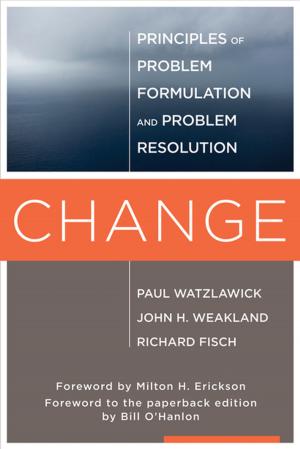Uneasy Peace: The Great Crime Decline, the Renewal of City Life, and the Next War on Violence
Nonfiction, Social & Cultural Studies, Social Science, Sociology, Urban, Crimes & Criminals, Criminology| Author: | Patrick Sharkey | ISBN: | 9780393609615 |
| Publisher: | W. W. Norton & Company | Publication: | January 16, 2018 |
| Imprint: | W. W. Norton & Company | Language: | English |
| Author: | Patrick Sharkey |
| ISBN: | 9780393609615 |
| Publisher: | W. W. Norton & Company |
| Publication: | January 16, 2018 |
| Imprint: | W. W. Norton & Company |
| Language: | English |
“Remarkable.… The story of the crime decline is about the wisdom of single steps and small sanities.… It is possible to see this as a kind of humanist miracle, a lesson about the self-organizing and, sometimes, self-healing capacities of human communities that’s as humbling, in its way, as any mystery that faith can offer.”—Adam Gopnik, The New Yorker
Over the past two decades, American cities have experienced an astonishing drop in violent crime, dramatically changing urban life. Patrick Sharkey reveals the striking consequences: improved school test scores, since children are better able to learn when not traumatized by nearby violence; better chances that poor children will rise into the middle class; and a striking increase in the life expectancy of African American men. Many places once characterized by decay and abandonment are now thriving, yet pervasive inequality threatens these gains.
At a time when crime is rising again and powerful political forces seek to disinvest in cities, the insights in this book are indispensable.
“Remarkable.… The story of the crime decline is about the wisdom of single steps and small sanities.… It is possible to see this as a kind of humanist miracle, a lesson about the self-organizing and, sometimes, self-healing capacities of human communities that’s as humbling, in its way, as any mystery that faith can offer.”—Adam Gopnik, The New Yorker
Over the past two decades, American cities have experienced an astonishing drop in violent crime, dramatically changing urban life. Patrick Sharkey reveals the striking consequences: improved school test scores, since children are better able to learn when not traumatized by nearby violence; better chances that poor children will rise into the middle class; and a striking increase in the life expectancy of African American men. Many places once characterized by decay and abandonment are now thriving, yet pervasive inequality threatens these gains.
At a time when crime is rising again and powerful political forces seek to disinvest in cities, the insights in this book are indispensable.















